Assistant Curator – Wanuskewin Heritage Park
Are you an emerging Indigenous museum professional ready to help share stories that have lived on this land since time immemorial? Wanuskewin Heritage Park invites you to step into a
Not long ago – the last week of May to be exact, I was enjoying the hospitality of Whitehorse, Yukon attending the annual Canadian Museums Association Conference along with our new President Crystal Craig.
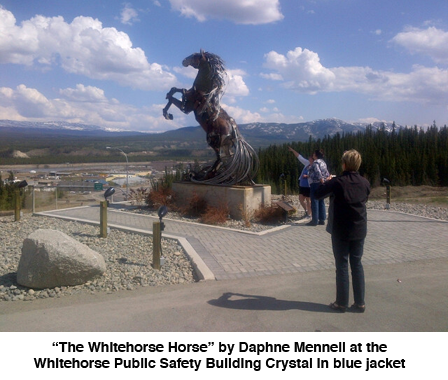
Since returning home I’ve taken some time to reflect on what I learned at CMA and wanted to share some of my thoughts with you. First, I must confess this wasn’t my first CMA conference (not even my second!). In fact back in the olden days (1980’s & 90’s) I attended quite regularly. Tightening budgets prevented my attending for a few years but with healthier financial conditions at MAS we’re again able to send both the President and ED to CMA.
This year’s conference theme was ‘Cultural Collaborations’ with a variety of keynote addresses and concurrent sessions exploring it from different perspectives. Of the many speakers two sessions in particular stood out as wonderful examples of successful collaboration.
First was the CMA Fellows Lecture presented by Rhonda Paku, Acting Kaihautu (Maori Leader) from the Museum of New Zealand Te Papa Tongarewa. As Acting Kaihautu, Rhonda shares responsibility for the cultural leadership and strategic management of Te Papa with the CEO – Michael Houlihan. What I found most compelling was how Te Papa is a truly bicultural institution where Tangata Whenua (Maori – indigenous people) and Tangata Tiriti (people in New Zealand by right of the Treaty of Waitangi) work in partnership, with Elder support, to engage and represent New Zealand’s increasingly diverse society. For example, in the Marae, Rongomaraeroa,– a communal or sacred place that serves religious and social purposes in Maori society, located within Te Papa. It is also a place to welcome the living and farewell those who have passed on. For example this is where special guests are greeted and where the repatriated ancestral remains are first welcomed prior to their return to their place of origin.
The Marae is unique because the kawa (protocols) change according to the iwi (tribal group) in residence. Every few years, a different iwi works with Te Papa to develop an exhibition. KaumÄtua (elders) from the iwi are in residence at the Museum throughout. They set and uphold the kawa on The Marae during their time in residence.
Rhonda explained how Te Papa overcame misconceptions and controversy to be a inclusive meeting place all visitors can meet, discuss, debate, and celebrate. I encourage you to check www.tepapa.govt.nz or talk to Crystal – she’s visited the museum and raves about it!
The other session highlight for me was ‘Strength in Numbers: Working Together to Maximize Resources’. Three Whitehorse museums (Yukon Transportation Museum, Old Log Church and Copperbelt Railway & Mining Museum) described how they decided to take the government up on its exhortation to ‘collaborate’. They went to the government looking for funding so they could bring in a consultant to help all three museums develop strategic plans. Surprisingly this was the first time anyone had made this request and no process existed to address it. What followed was a description of the way they overcame the trials and tribulation they encountered at both the municipal and territorial levels to get the funding they needed to hire the consultant they wanted. They admitted that sometimes it looked like they wouldn’t be able to pull it off but by being prepared for all arguments and using their existing resources well. In their case knowing when to pregnant one in front of the microphone and when to put the bossy one out front. (did I mention this presentation was made by four incredible female directors) through perseverance, flexibility and the occasional bottle of wine eventually resulted in the three museums collaborating in, not only developing strategic plans for each institution, but also in sharing policies & procedures joint action items from individual work plans and an intern. This was also the only time I’ve ever attended a conference session where one of the presenters did their entire section in plain verse – Janna Swales of the Yukon Transportation Museum rocked.
I have to admit that, for me, the most important aspect of attending CMA is the networking opportunity it provides. The most formal networking event for me was the joint CMA/PMA meeting where all but one provincial association and CMA representatives met and discussed joint issues and concerns. I was able to reconnect with old friends and make new ones. Only in this vast country of ours could I go to Whitehorse to catch up with friends from Newfoundland & Labrador and Nova Scotia.
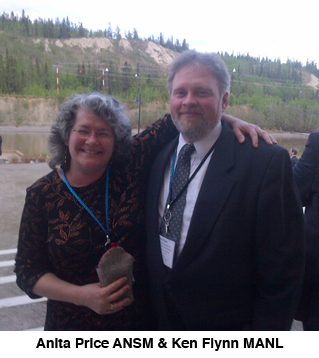
In closing this was one of the most relaxed conferences I’ve attended. The local arrangements folks did a superb job with lots of opportunities to meet, greet and eat under the, almost, midnight sun.
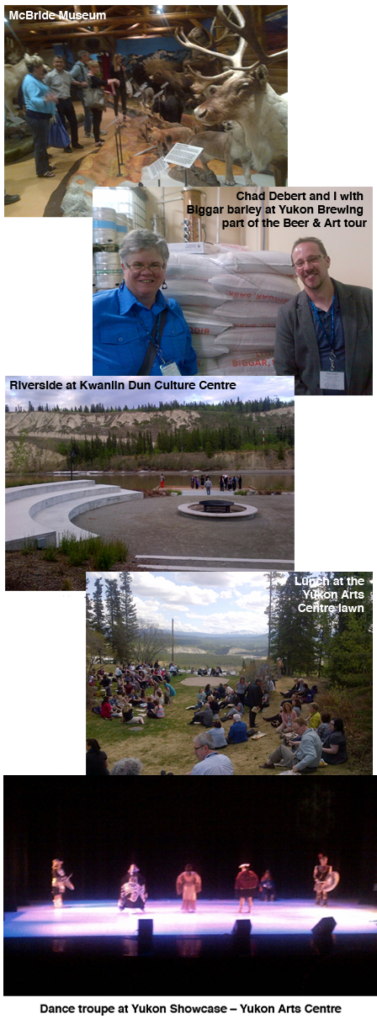
Are you an emerging Indigenous museum professional ready to help share stories that have lived on this land since time immemorial? Wanuskewin Heritage Park invites you to step into a
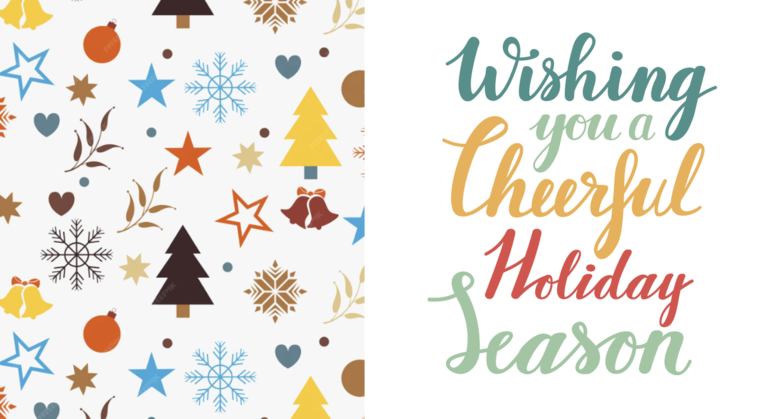
Usual office hours will resume on January 5th, 2026
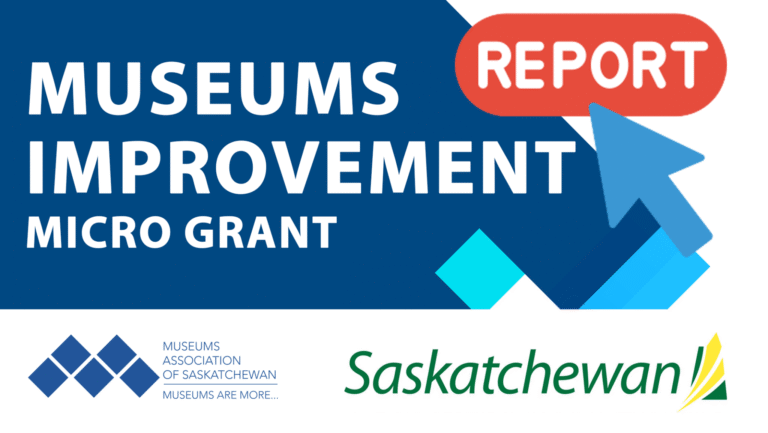
Just a reminder that the Final Report for the Museum Improvement Micro Grant for Community Museums is due December 5th! Your final report will require you to provide a brief